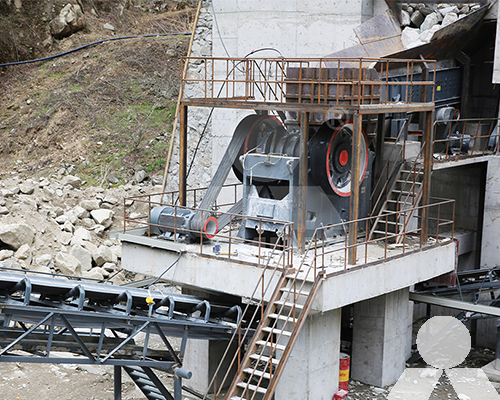Calculation of owning and operating costs of a material crusher
Material crusher are essential equipment in a variety of industries, including mining, construction, and recycling. They are used to reduce the size of materials, making them easier to handle and transport. The owning and operating costs of a material crusher can vary depending on a number of factors, including the type of crusher, the size of the crusher, and the operating conditions.
Owning costs
The owning costs of a material crusher include the initial purchase price, installation costs, and maintenance costs. The initial purchase price is the most significant owning cost. The size and type of crusher will affect the purchase price. For example, a large jaw crusher will cost more than a small impact crusher.

Installation costs include the cost of setting up the crusher and connecting it to the power supply. These costs can vary depending on the location of the crusher and the complexity of the installation.
Maintenance costs include the cost of repairing and replacing parts that wear out over time. These costs can be significant, especially for crushers that are used in harsh conditions.
Operating costs
The operating costs of a material crusher include the cost of electricity, labor, and consumables. The cost of electricity is the most significant operating cost. The amount of electricity used will depend on the size of the crusher and the amount of material that is crushed.
Labor costs include the cost of operators, mechanics, and other personnel who are required to operate and maintain the crusher. These costs will vary depending on the size of the operation and the wages paid to employees.
Consumables include items such as lubricants, filters, and wear parts. These costs can be significant, especially for crushers that are used in harsh conditions.
Calculating owning and operating costs
The owning and operating costs of a material crusher can be calculated using the following formula:
Total cost = owning costs + operating costs
Owning costs can be calculated using the following formula:
Owning costs = purchase price + installation costs + maintenance costs
Operating costs can be calculated using the following formula:
Operating costs = electricity cost + labor cost + consumables cost
For example, a small jaw crusher with a purchase price of $100,000 is installed for $20,000. The crusher is expected to require maintenance costs of $10,000 per year. The crusher is used to crush 100 tons of material per day. The electricity cost is $0.05 per kilowatt-hour, and the labor cost is $10 per hour. The crusher is operated for 8 hours per day.
The owning costs for the crusher are:
Owning costs = $100,000 + $20,000 + $10,000 = $130,000
The operating costs for the crusher are:
Operating costs = ($0.05/kWh) * (100 tons/day) * (8 hours/day) * (1000 kWh/MWh) + ($10/hour) * (8 hours/day) = $72,000
Therefore, the total cost of the crusher is:
Total cost = $130,000 + $72,000 = $202,000
In this example, the owning costs are 64% of the total cost, and the operating costs are 36% of the total cost. The owning costs will be higher for larger crushers or crushers that are used in harsh conditions. The operating costs will be higher for crushers that use more electricity or require more labor.
The owning and operating costs of a material crusher should be considered when making a decision about whether to purchase a crusher. The costs will vary depending on the type of crusher, the size of the crusher, and the operating conditions.









